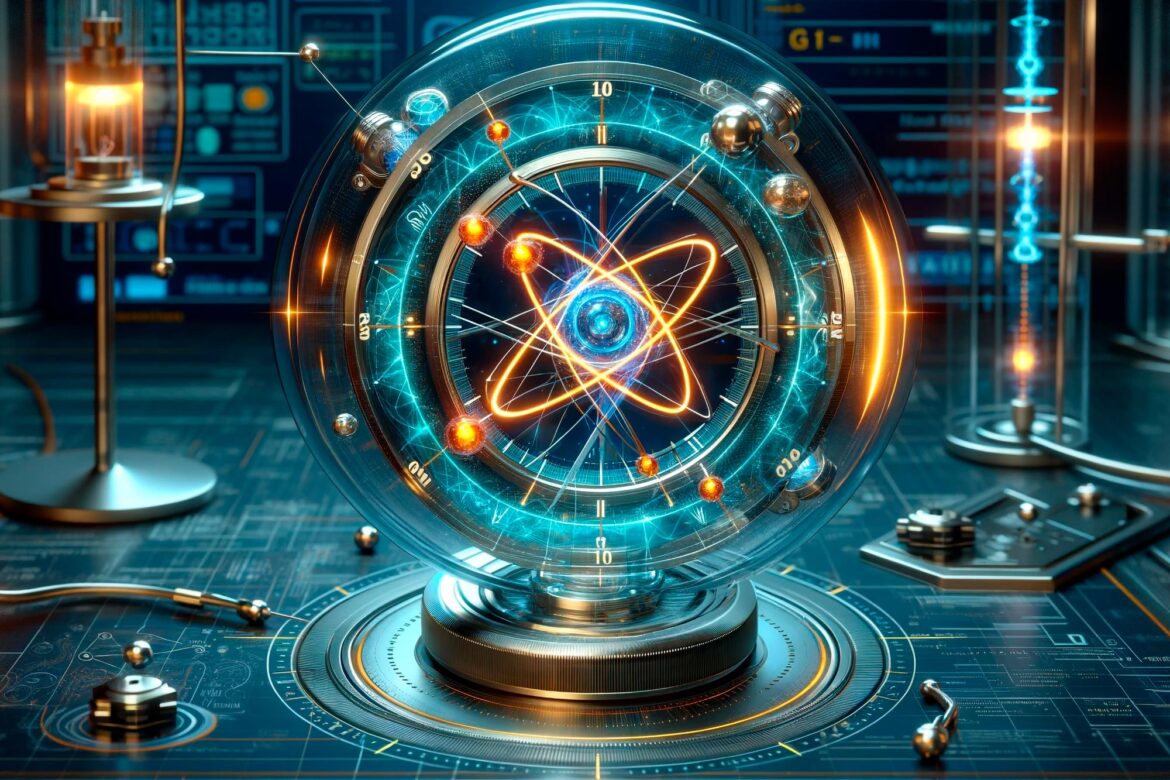319
You have probably heard the term “atomic clock” before, but you don’t know exactly what it means or where it is located. In this article, we will tell you where this clock provides the exact time and give you some background information about the atomic clock.
Locations of the atomic clock
There are four atomic clocks in operation in Germany. All of them are located at the Physikalisch-Technische Bundesanstalt (PTB) in Braunschweig.
- One of them, the CS2 cesium clock, has been providing us with the exact time since 1991. Your radio clock at home or on your wrist, for example, receives the exact time from this atomic clock.
- Several atomic clocks are in operation in Austria. The Federal Office of Metrology, headquartered in Vienna, is responsible for this.
- Atomic time TAI originates from an atomic clock in Switzerland. The Laboratory for Time and Frequency of the Federal Office of Metrology in Wabern near Bern also operates several atomic clocks.
Interesting facts about atomic clocks
Atomic clocks are known for their high accuracy. This time has been standardized since 1967. The unit of time used for this is one second.
- One second corresponds to exactly 9,192,631,770 microwave oscillations of cesium radiation. These oscillations form the basis of our atomic clocks and our time.
- As you might expect, the functioning of an atomic clock is based on physics, but also on chemistry. Today’s atomic clocks use the cesium isotope 133.
- The way it works is complicated. Put simply, an atomic clock, like any other clock, consists of a counter and a clock generator.
- Cesium acts as the clock generator in an atomic clock. It is first vaporized in a furnace and then concentrated into a beam in a vacuum. The cesium atoms are then in their ground state.
- In a magnetic microwave field, the atoms change their state with a certain probability and are then counted.
- The microwave field is adjusted so that as many atoms as possible are counted. For one second, this amounts to the 9,192,631,770 microwave oscillations mentioned above.
- The time is so accurate because the radiation frequency of the transitions of the cesium atoms is almost constant. This means that the atomic clock in Braunschweig has a deviation of only one 13-billionth of a second per year.
- Incidentally, atomic clocks did not first appear with the definition of the second as a unit of time in 1967.
- The first atomic clock was developed in 1949 at the National Bureau of Standards in the United States. However, the clock was not yet based on cesium atoms, but on ammonia molecules.
Why atomic clocks govern our lives
Without atomic clocks, our everyday lives would literally fall out of sync. Although they remain invisible, many modern systems depend directly on their accuracy.
- GPS navigation: Satellites calculate distances based on exact time differences. Even a deviation of one billionth of a second could cause positional errors of several meters.
- Telecommunications: Mobile networks and Internet services synchronize data packets using atomic time.
- Power grid: Grid frequencies and load distributions are based on precise time synchronization.
- Financial markets: Stock exchanges and trading systems require millisecond-accurate timestamps for transactions.
In this way, international time coordination using atomic clocks ensures order in a digitally networked world.
Accuracy comparison: atomic, quartz, and mechanical clocks
How accurate is an atomic clock really—and how does it compare to other timepieces?
- A mechanical watch can deviate by a few seconds per day, while a quartz watch loses only a few seconds per month. A cesium atomic clock, on the other hand, is not even one second off in millions of years.
- Modern optical atomic clocks are even more accurate: they use laser light to measure the vibrations of atoms such as strontium or ytterbium and achieve a stability that would only cause them to deviate by one second after more than 30 billion years.

